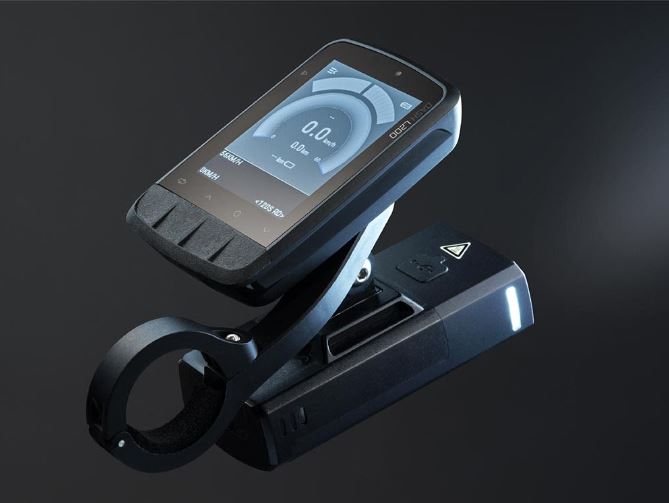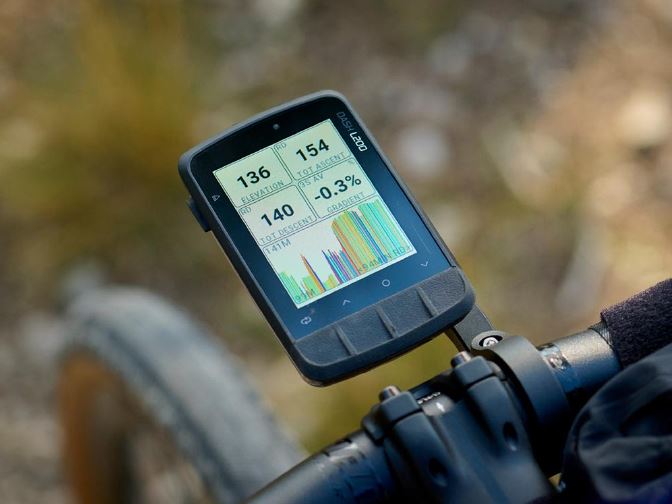The World on Two Wheels: Mapping and Navigation Features of Bike Computers

Key Point Summary of Mapping and Navigation Features of Bike Computers:
- Mapping Capabilities: Modern bike computers offer detailed maps, allowing you to explore new routes confidently.
- Navigation Features: Turn-by-turn directions and rerouting capabilities ensure you stay on track.
- GPS Accuracy: High-quality GPS ensures precise tracking and reliable navigation, even in remote areas.
- Planning and Sharing Routes: The ability to plan routes in advance and share them with fellow cyclists enhances the social aspect of cycling.
In the ever-evolving world of cycling, the advent of bike computers with mapping and navigation features has been a game-changer. These devices not only track your performance but also ensure you’re never lost, no matter how far off the beaten path you decide to venture. As someone who’s raced and ridden through diverse terrains—from the technical descents of mountain biking to the endurance-testing routes of gravel and cyclocross—the ability to navigate confidently has been invaluable. Here’s a breakdown of how these features can enhance your riding experience.
Mapping Capabilities: Your Window to New Adventures
Today’s bike computers come equipped with detailed, preloaded maps that not only display your current location but also show nearby trails, roads, and points of interest. This feature is particularly useful when exploring new areas, allowing you to venture further with the assurance that you can always find your way back. Advanced models even offer topographic details, essential for mountain bikers and gravel riders who navigate varied elevations.
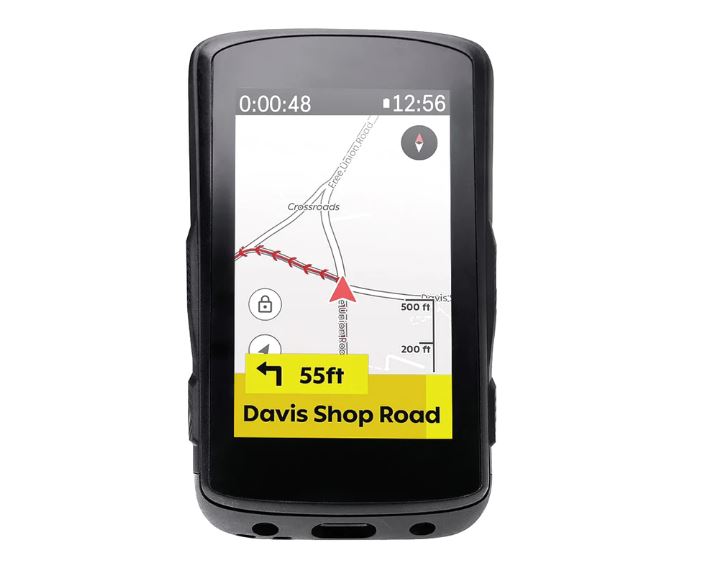
Navigation Features: Stay on Course
One of the standout features of modern bike computers is their turn-by-turn navigation. Much like in a car, these devices provide clear, timely directions that make following a pre-planned route effortless. Should you deviate from the path, many bike computers can quickly reroute you, minimizing disruptions to your ride. This feature is especially beneficial during races or group rides, where staying on course is paramount.
GPS Accuracy: The Heart of Reliable Navigation
The cornerstone of effective mapping and navigation is GPS accuracy. High-quality bike computers use advanced GPS technology to offer precise tracking, ensuring that your location is accurately reflected on the map at all times. This precision is crucial not only for navigation but also for tracking your ride metrics, such as distance and speed. Enhanced GPS capabilities can also mean better performance in challenging environments, like dense forests or urban canyons, where lesser devices might falter.
Planning and Sharing Routes: The Social Cyclist’s Dream
Many bike computers allow you to plan your routes in advance using companion apps or websites. This planning tool enables you to design rides that match your training goals, whether it’s climbing certain hills or covering a specific distance. Moreover, the ability to share these routes with friends or teammates adds a social dimension to your training, making it easy to organize group rides or share favorite routes.
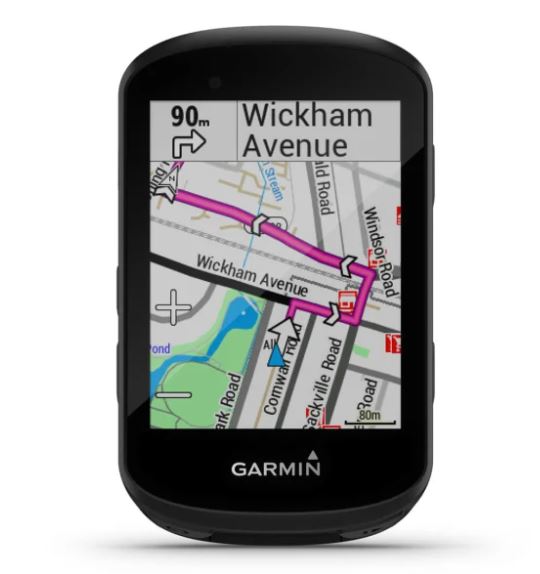
Mapping and Navigation Features of Bike Computers: Personal Reflections
Embracing the mapping and navigation features of bike computers has transformed how I approach cycling. The ability to explore without the fear of getting lost has opened up new roads and trails I would have never considered before. It’s also made organizing group rides simpler, as we can share routes ahead of time, ensuring everyone knows the plan.
When selecting a bike computer, consider what mapping and navigation features are most important to you. Look for devices with preloaded maps that cover your favorite riding areas and ensure the GPS accuracy is up to par for your needs. Additionally, consider how you like to plan and track your rides, as this will influence which companion app or platform will best suit your style.
In conclusion, the mapping and navigation features of bike computers have significantly enhanced the cycling experience, providing the tools to explore further and with more confidence than ever before. Whether you’re a seasoned racer or a beginner embarking on your cycling journey, these features can help you make the most of every ride, turning every outing into an adventure.
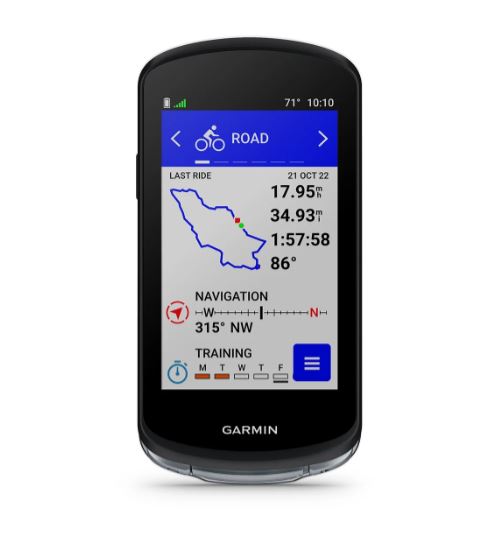
Considering the importance of mapping, navigation, and GPS accuracy in enhancing the cycling experience, here are some of the best cycling GPS devices to consider:
1. Garmin Edge 1030 Plus
- Known for its comprehensive mapping capabilities, turn-by-turn navigation, and exceptional GPS accuracy. It’s a top choice for cyclists who demand the best in navigation and training features.
2. Wahoo ELEMNT ROAM
- Offers robust navigation options with a user-friendly interface. It’s particularly praised for its easy route planning and sharing capabilities, making it ideal for social cyclists.
3. Lezyne Mega XL GPS
- Stands out for its battery life and straightforward navigation features, offering reliable GPS performance in a durable design. It’s a great option for adventurers who embark on long, off-grid rides.
Each of these GPS units brings something unique to the table, from advanced navigation features to exceptional battery life, catering to different types of cyclists and their specific needs. Whether you’re navigating the twists and turns of a new trail or pacing yourself on a long-distance ride, a reliable cycling GPS can make all the difference in your training and exploration.

FAQ
What are the features of cycle computer?
Features of a cycle computer typically include speed (current, average, max), distance (trip, total), ride time, and often more advanced metrics like cadence, heart rate, elevation, and temperature, with GPS models offering mapping and navigation.
What does a GPS bike computer do?
A GPS bike computer uses satellites to track your location, speed, and movements, offering navigation, route planning, live tracking, and the ability to sync with smartphones and sensors for comprehensive ride data analysis.
What are the benefits of a bike computer?
Benefits of a bike computer include detailed tracking of ride metrics (speed, distance, time), navigation assistance, performance monitoring (with additional sensors for heart rate, cadence, and power), and data analysis to inform training improvements.
How does GPS work on bikes?
GPS works on bikes by connecting to a network of satellites that orbit the Earth. The bike computer receives signals from these satellites to calculate the cyclist’s precise location, speed, and direction, providing real-time data and navigation assistance on the device’s display.
Happy cycling!
John

